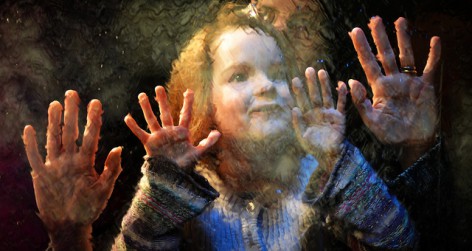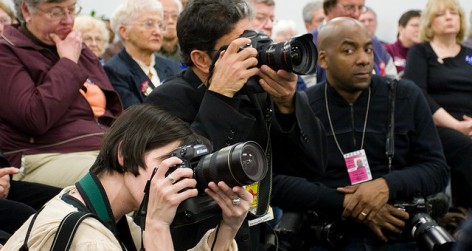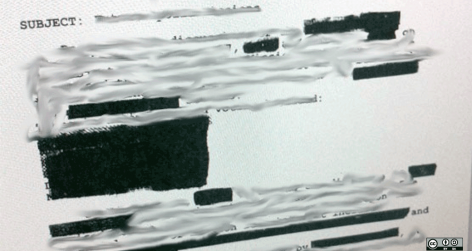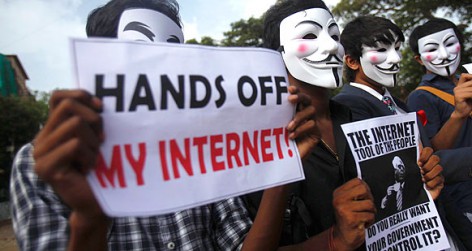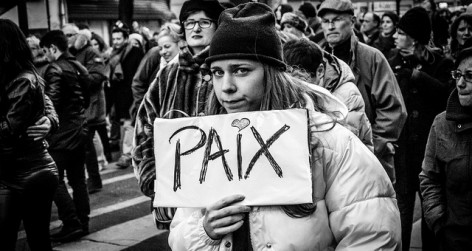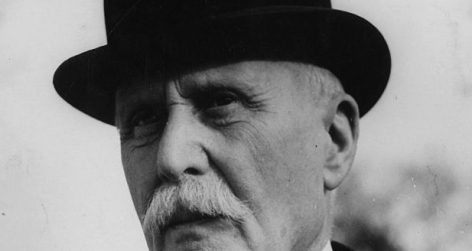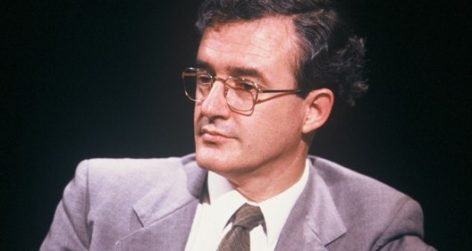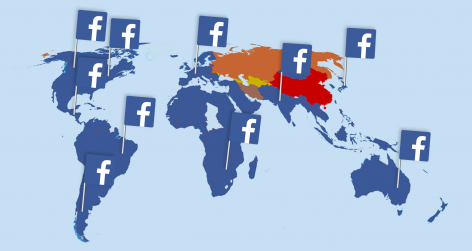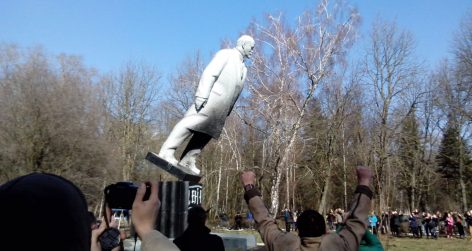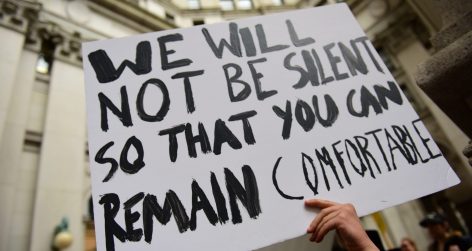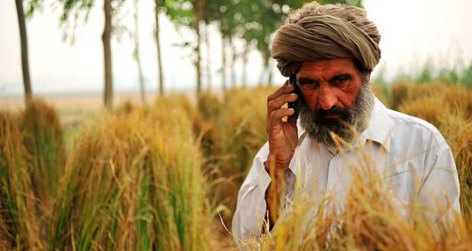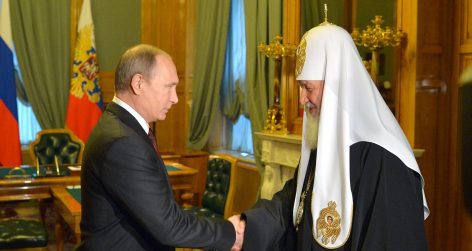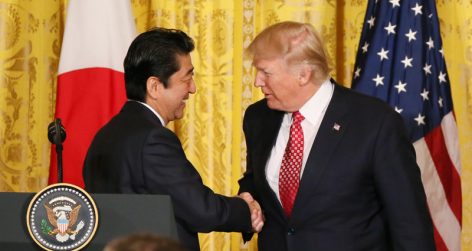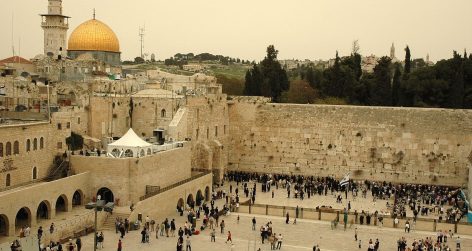O.T. Jones argues that the Ukrainian state should not restrict open historical debate but use its ‘expressive’ powers to foster a nuanced understanding of the past.

The burden of the twentieth century is particularly heavy on Ukraine. Combined with the devastating upheaval of revolution, civil war and collectivisation widespread over the former-Soviet region, Ukraine suffered the Holodomor between 1930 and 1933, a state orchestrated famine that killed approximately four million people. Furthermore, much of the deadliest fighting and genocide of the Second World War took place in the country; the historian Serhii Plokhy estimates that seven million Ukrainians, including one million Ukrainian-Jews killed in the Holocaust, died following the Nazi invasion of the Soviet Union in 1941. In total, therefore, around eleven million Ukrainians were killed between 1930 and 1945, a startling figure that underscores the horror of Europe’s totalitarian era.
It is perhaps unsurprising, then, that the notion of ‘collective memory’, or the representation and discussion of the past in culture and society, has proven a highly politicised subject in Ukrainian society in recent years. Some of the most striking images of the revolution on the Maidan, the events of 2013 to 2014 in which president Viktor Yanukovych was forced to leave office following months of protest and violent clashes in Kyiv’s central square, featured enthusiastic crowds tearing down statues of the Bolshevik revolutionary Vladimir Lenin. To many, the first Soviet leader was a symbol not only of historical repression but also of continued Russian interference in Ukrainian affairs they perceived in Yanukovych’s refusal to sign an association agreement with the European Union in late 2013. Onlookers in the West generally saw this Leninopad, or ‘Lenin-fall’, as an emancipatory moment: finally, Ukraine was moving on from the Soviet era and forming an independent identity.
However, as further details about Lenin-fall emerged, the emancipatory nature of this movement became increasingly unclear. The first toppling of a Lenin statue, on Tavas Shevchenko Boulevard in central Kyiv on 8th December 2013, was carried out by members of the far-right nationalist Svoboda, or ‘Freedom’, party, and, though many in the crowd were enthusiastic, the action did not have unanimous support among onlookers. In professional footage of these events that emerged in the documentary film Euromaidan: Rough Cut, an old man is seen visibly shaken by the destruction of the statue, repeatedly muttering ‘this is inhuman’ to himself at the edge of the crowd. Other onlookers also appear shocked, with one woman protesting ‘It’s a symbol! Do you smash symbols? No, you respect them. You can criticise them but not smash them.’ These images are a reminder of the tightly woven interaction between the two facets of ‘collective memory’ outlined by Jan Assman and John Czaplcka: ‘cultural memory’ sustained through rituals and memorials to the past, and ‘communitive memory’ maintained through lower-level, interpersonal discussions of it. As the toppling of a monument, Lenin-fall represented a radical change in Ukraine’s ‘cultural memory’. However, it also affected its ‘communicative memory’: many older Ukrainians had lived with these statues all of their lives, they were part of the very fabric of the culture and society, as well as physical spaces, in which they had grown up. To some, Lenin-fall was less the rejection of a repressive past, and more the erasure of their own personal stories.
As Lenin-fall spread across Ukraine in the following months, these sceptical voices were ignored. According to the Ukrainian art critic and researcher Myroslava Hartmond, vigilante groups tore down hundreds of monuments in 2014, including 376 statues in February of that year alone, and there were soon no remaining monuments to Lenin in the country’s public spaces. This process was carried out without any public consultation or debate over the potential historical, or indeed aesthetic, importance of some of these statues; most were simply destroyed and the whereabouts of those that survived remains generally unknown. Rather than being used to inspire a discussion over the role of collective memory in the formation of a modern Ukrainian identity, as many observers had hoped, Lenin-fall seems to have represented a vocal minority’s attempt to re-write the past purely on its own terms.
Nonetheless, in May 2015 the post-Maidan government officialised and expanded the Lenin-fall process by enacting a series of ‘decommunisation laws’. These measures prohibited denial of the criminality of the ‘communist totalitarian regime’, banned the dissimilation of communist and Nazi propaganda and symbols, and decreed the renaming of thousands of towns and cities across the country. The government argued the legislation was a practical necessity, removing reminders of an oppressive past from Ukrainian public spaces and giving new life to localities that still bore communist-inspired names some twenty-five years after the Soviet Union’s collapse. Some attempts were made to encourage public engagement: the political scientist Oxana Shevel notes that local authorities in Kyiv created an online portal to allow local residents a say in the formation of new street names. However, such measures were only introduced after the process had begun and, perhaps unsurprisingly, generated little interest. Only a few hundred people voted on the suggestions, and even fewer contributed ideas themselves.
Indeed, around seventy international and Ukrainian scholars condemned the measures in an open letter to the government, arguing that the laws violated free speech by shutting down discussion on two key counts. First, the measures named paramilitary groups such as the Organisation of Ukrainian Nationalists (OUN) and the Ukrainian Insurgent Army (UPA) as “fighters for Ukrainian independence.” This made criticism of the UPA for its role in the ethnic cleansing of tens of thousands of Poles during World War Two and of the OUN for its collaboration with the Nazis and complicity in anti-Jewish pogroms after 1941 very difficult, because Law 2538-1 deemed it a criminal offence to question the legitimacy of the twentieth century Ukrainian independence struggle. Second, the letter claimed that by suggesting that communist ‘totalitarianism’ lasted from 1917-1991 and making it an offence to deny the criminality of this regime in Law 2558, the government risked restricting the ability to study and discuss Ukrainian societal or cultural organisations that developed in the Soviet Union during periods of less stringent repression in the 1920s or the 1980s.
Ukraine’s attempt to enact such legislation is not unique: ‘decommunisation laws’ have been employed by political elites across the former-Soviet states in the name of using new historical narratives to form independent national identities. However, as Claus Leggewie and Horst Meier argue on this site, such laws risk the state claiming a ‘monopoly on history’ that does not allow for individual or non-governmental interpretation of a particular historical event or period. By coming dangerously close to discouraging, or even forbidding, nuanced debate, the Ukrainian laws risked falling into this trap, prohibiting the crucial discussion of complex truths by simply replacing one politicised historical narrative with another. The implications of such a policy are particularly troubling in a multi-lingual and -ethnic society such as Ukraine, where a diversity of cultures will inevitably lead to differing emphases in discussions of the past.
How, then, would it be possible to use the fallout of Lenin-fall to generate, rather than limit speech? The answer lies not in enhancing what the American political scientist Corey Brettschneider has termed the ‘coercive’ power of the state, ie enacting legal legislation to restrict or protect certain ideas, but in developing its ‘expressive’ power, ie its ability to influence, inform and persuade people through educational, cultural and social initiatives. In Ukraine, this means not replacing Soviet symbols with new ones that contain historical baggage of their own, but, temporarily at least, allowing the spaces once dominated by politicised monuments to remain unoccupied. Rather than ignoring or restricting the vital nuances of historical debate, the provisional maintenance of the ‘empty pedestal’ could be used to inspire proper discussion of the past and genuine public engagement in the creation of something new.
The practicalities of such a policy are undoubtedly difficult: there is a strong impulse to fill empty spaces, especially when they form the centrepiece of public areas. In larger towns, this could be countered by ideas such as the fourth plinth in London’s Trafalgar Square, where artists place a statue temporarily on an empty platform, often highlighting an issue of particular cultural or historical importance and thus generating excitement and debate on an on-going basis. Organising such initiatives would certainly be challenging in Ukraine, where public resources for cultural projects are scare and tenacious individuals tend to bring the most successful enterprises to fruition. However, Myroslava Hartmond notes that one such enterprise has already been carried out by the IZOLYATSIA Art Fund in Kyiv, showing that creative solutions to this problem are achievable. Indeed, thinking outside of the limits of traditional monument practices in this way, potentially combining the efforts of civil society organisations such as IZOLYATSIA with the ‘expressive’ mechanisms of the state, may be the only way to enable Ukraine to discuss its history with the nuance it deserves and use a genuinely open debate to shape its future.
O.T. Jones is a DPhil candidate at the University of Oxford studying Russia, Germany and Central & Eastern Europe, and online editor at Free Speech Debate. His research in Ukraine was generously supported by the Peter Kirk Fund.

